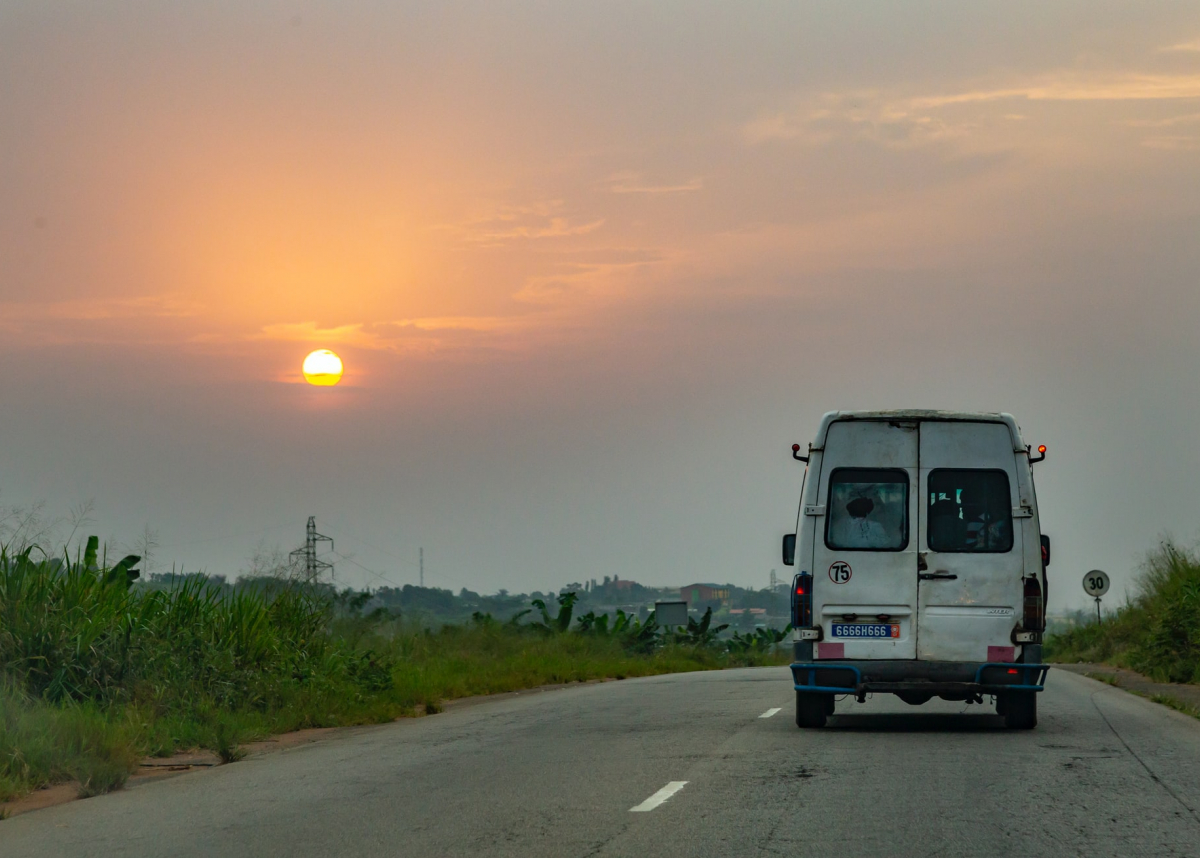
PEAK Urban researchers share insights on how city transport can recover more equitably and sustainably than before.

While some world leaders have cited the importance of Covid-19 vaccine for refugees and forced displaced populations worldwide, in December 2020, Colombian President Ivan Duque announced the exclusion of “irregular” immigrants from Venezuela in such programmes. This discriminatory move cost him high criticism and further dented his political image in a country with a history of human rights abuses.
But then last month, the President made headlines when he announced a new Temporary Statute of Protection for Venezuelan Migrants - in Spanish, Estatuto Temporal de Protección para migrantes Venezolanos, or ETPS - that seeks to provide legal work documents and access to education and health services for 10 years to Venezuelan immigrants. This will also cover (only) “legal” migrants that arrive to Colombia within the next two years.
The ETPS seems like an abrupt shift from President Duque, who has, in this gesture, sought to transform himself from villain to hero overnight, in an attempt to distance himself from previous anti-migrant declarations.
These new plans from the President are of particular interest to me as my PEAK project addresses the global challenge of internal forced displacement, rural-urban and inter-urban migrations as well as disruptive urban growth.
It's clear that behind the media headlines the ETPS doesnt appear to be fully developed yet. It has already concerned human rights advocates wooried about data implications - how much personal information would be collected from immigrants? Moreover, in the current COVID-related circumstances, granting work permits to immigrants en masse under increasing unemployment rates without a clear plan for employment generation is very worrying for the exacerbation of existing violence and xenophobia.
Around 20% of Venezuela’s population has left the country in recent years, and from this number, Colombia host more than one third of them (37%), which is around 4% of Colombia's total population. But the Covid-19 pandemic has hit Venezuelan immigrants particularly hard. The informal economy has effectively shut down, resulting in many migrants being evicted and destitute. 80,000 have returned to Venezuela, But what is awaiting them there? A country with such hyperinflation, the average pension is $3 (USD) a month and the national minimum wage $6 a month.
That makes improving the lives of those remaining migrants in Colombia that much more important - and pressing.
***
Venezuelan - Colombian migration was inverse in the 1970s, when the neighbouring country was called “Saudi-Venezuela” . The oil boom attracted hundreds of thousands of Colombians looking for better opportunities. But the story is not completely inverted.
Today, Colombia faces a 17.3% unemployment rate in the formal sector (in the informal, the catastrophe is worse and difficult to quantify) and the forecast is that the pandemic would leave another 2.3 million people in poverty in 2021.
Moreover, illegal organisations manipulate many informal sources of employment in Colombian cities. They have seen Venezuelan migration as a golden opportunity to increase profits. The available underpaid and abused labour has been preferred over the Colombian workforce, which has led to increasing hostility against Venezuelan migrants.
The Venezuelan migratory phenomenon began in 2015; a group of professionals that had some financial solvency and connections in the city. Later, waves of young people arrived, qualified to work in the trades sector. From 2019 onwards, citizens with limited resources and without connections arrived in urban areas, resulting in them immersed in contexts of homeless, informal work and residing in peripheral areas or precarious dormitories called “inquilinatos” in deteriorated sectors of the main cities.
Colombian cities were not prepared for Venezuelan migration. For instance, Medellín did not have a contingency plan in the last mayoralty (2016-2019). Former Mayor Federico Gutierrez had not prepared for this situation, so, when Venezuelan migration became more serious, his development plan for the city was already underway. The response was to extend the existing social aid programs to the migrant population. For example, 16% of the children attending the nursery programme “Buen Comienzo” (“Good Beginning”) are Venezuelans under the age of five.
The internal displacement that Colombia has faced over recent decades has helped the country be more reactive to the immigration phenomenon. Historically, Colombia has not been a main destination for migrants. However, a city like Medellín, where one in five inhabitants is a displaced person from the armed conflict, has not made the city an expert in migration as much as an an expert in humanitarian crisis response. Experience of more than six decades of armed conflict has shown the population as “good improvisers” in terms of community cooperation. Interestingly, more solidarity is observed within the internal forced displaced communities, perhaps due to the shared vulnerable condition of refugees.
Despite the empirical experience that Colombia has built on internal migration, the new attitude of the government on Venezuelan migration issues leaves more questions than answers. There is no clear agenda, no visible path. It seems that the improvisation will be the compass of the government, who, in terms of human rights, has long been a mere spectator.